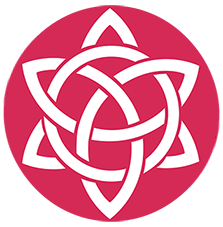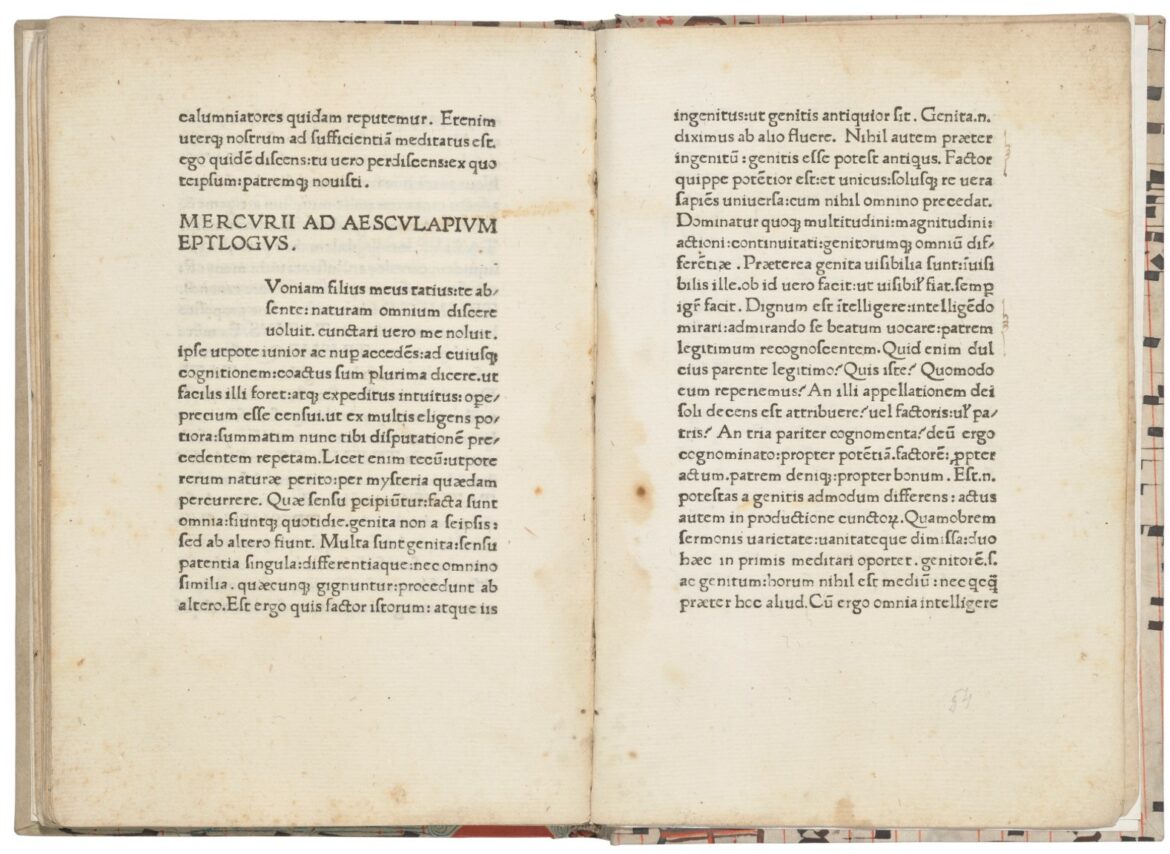🌀 The Corpus Hermeticum is indeed one of the most enigmatic and spiritually charged texts to emerge from antiquity. Attributed to Hermes Trismegistus—a mythical fusion of the Greek god Hermes and the Egyptian god Thoth—it’s a collection of philosophical and mystical writings that explore the nature of reality, the divine mind, and humanity’s place in the cosmos.
🔮 What It Contains
- 17 treatises written in Greek, dating from around the 1st to 3rd centuries CE
- Dialogues between Hermes and various disciples, including Poemandres, a divine being who reveals cosmic truths
- Teachings on mental alchemy, where transformation occurs through understanding and aligning with the divine intellect
- Concepts like the Nous (divine mind), the Monad (source of all), and the Logos (creative word)
🧠 Divine Mechanics of the Mind
Rather than rituals or talismans, the Corpus Hermeticum emphasizes:
- Inner Gnosis: A direct, intuitive knowing of divine truth
- Mental purification: Shedding ignorance to perceive the true nature of reality
- Unity with the All: Realizing that the mind, when attuned, can reflect and shape the cosmos
🚫 Forbidden and Rediscovered
- Suppressed during the rise of orthodox Christianity, the texts were considered heretical due to their pantheistic and mystical worldview
- Rediscovered in Byzantine libraries and translated into Latin during the Renaissance, sparking a revival of esoteric philosophy and influencing thinkers like Giordano Bruno and Marsilio Ficino
🗝️ Why It Feels “Forbidden”
Its teachings suggest that reality is malleable, shaped by consciousness—not through superstition, but through a disciplined understanding of divine principles. That’s a radical idea, especially in eras dominated by dogma.
If you’re drawn to the idea of mind as the architect of reality, this text is a treasure trove. Want to explore one of its passages or dive into a specific concept like the Monad or the Secret Sermon on the Mountain?


